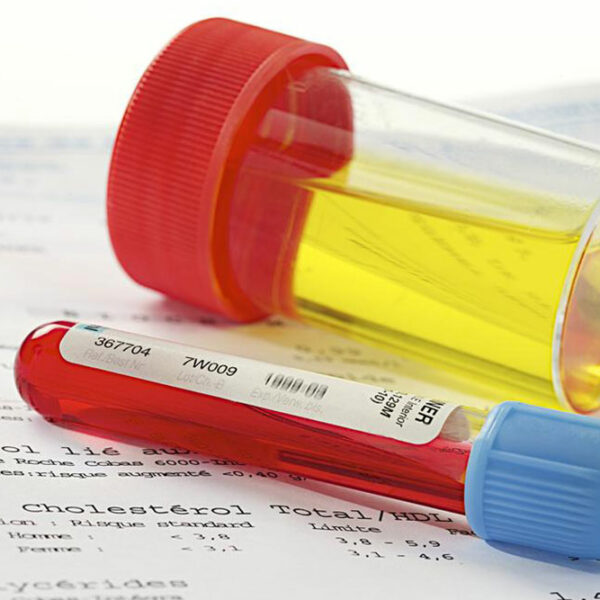
4 alarming reasons why blood appears in urine
The human body is wired in such a manner that it can protect itself to a certain degree from various infections and diseases. However, there are instances when the body succumbs to these diseases if it’s stronger than our immune system. Also, certain disorders are a result of some malfunctioning of the organs of our body, especially when something interferes with its functioning. The human body has the ability to show that there’s something wrong with it by showing certain symptoms. When these symptoms are deciphered at the right time, the disease can be cured easily. Similarly, the presence of blood in urine indicates that there’s something seriously wrong with the body, and neglecting this symptom of the presence of blood in urine can lead to grave problems in future. Hematuria or blood in urine is a symptom of some serious underlying disease. The symptom of blood in urine occurs due to the following reasons. Urinary Tract Infection (UTI)- One of the most common symptoms of urinary tract infection is the appearance of blood in urine. When bacteria lodges itself on the lining of the urinary tract and they multiply at a faster rate, it leads to UTIs. In addition to the symptom of blood in urine, a person suffering from UTI also shows symptoms such as- frequent urination, burning sensation while urinating, foul-smelling urine, etc.









